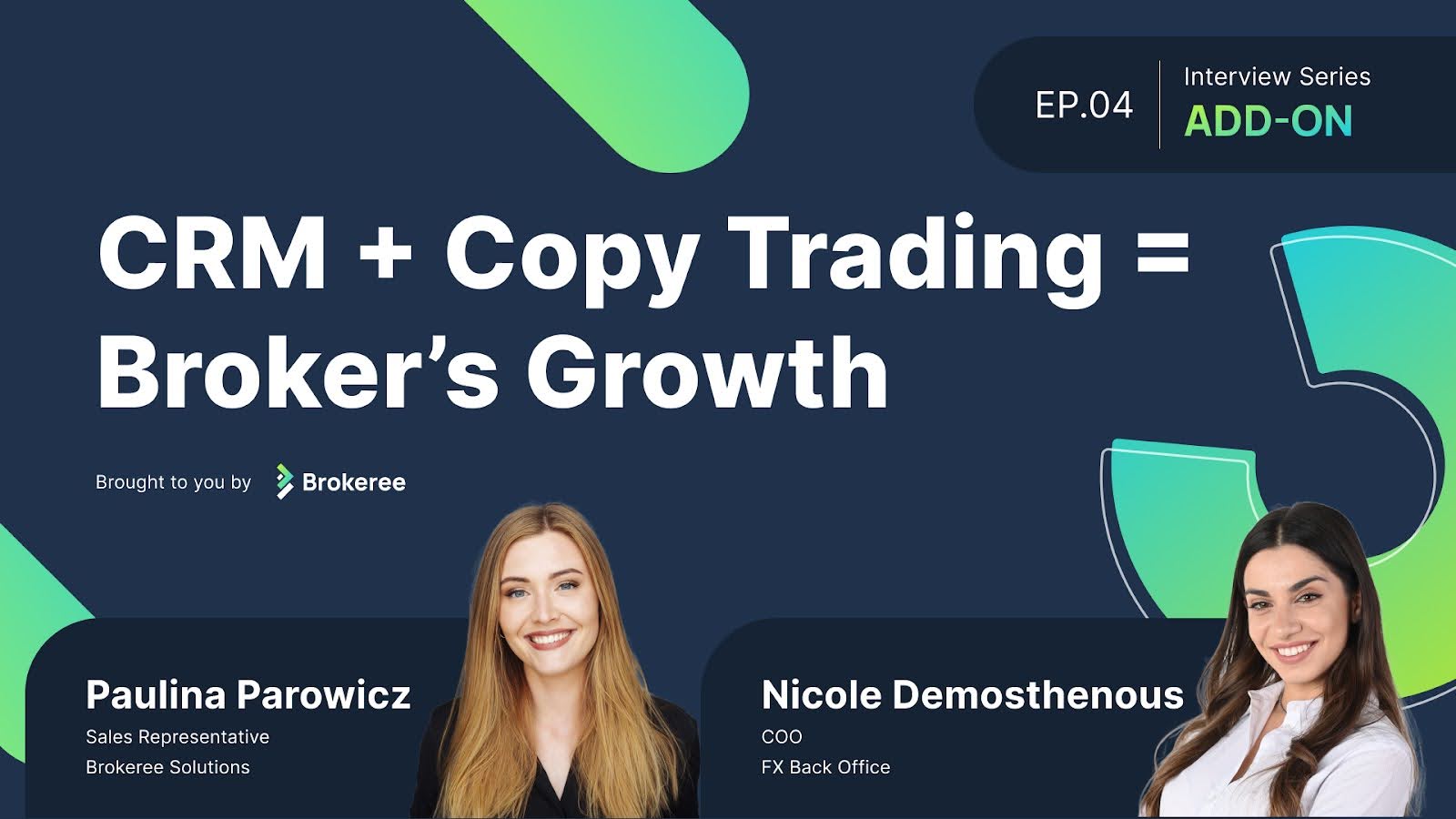Copy trading has long been a staple in the financial services industry, but its potential continues to evolve. During a recent episode of the TradeInformer Podcast, Anton Sokolov, Marketing Manager at Brokeree Solutions, shed light on the growth, challenges, and future of copy trading in 2025. His insights reveal a dynamic landscape, ripe with opportunities for brokers willing to adapt and innovate.
Sustained Growth in Copy Trading Interest
Despite being a well-established concept, copy trading has witnessed steady growth in global interest. Year-over-year search volumes for copy trading have consistently risen, with increases ranging between 22% and 38% annually. In fact, April 2024 marked an all-time high for related search traffic. This enduring appeal spans diverse regions, led by Europe and the UK, highlighting a broad, global phenomenon.
Beyond Plug-and-Play: The Importance of Personalization
One recurring issue is brokers treating copy trading as a simple add-on rather than a fully integrated service. Many neglect basic customizations, such as tailoring interfaces or trading conditions, leading to a disjointed user experience. Successful implementation requires dedicated teams to oversee the technology, ensuring it aligns with brand identity and customer needs.
Acquiring technology isn’t the finish line. It’s just the start of building a coherent, engaging service.
Copy Trading: Not Just for Beginners
A prevalent misconception is that copy trading only appeals to novice traders. While it’s often marketed as a learning tool, it has broader applications. By pitching copy trading as an investment option for experienced traders, brokers can target passive investors seeking higher leverage and volatility. This approach reframes the product as part of a sophisticated portfolio strategy rather than a mere educational tool.
The Role of Education and Engagement
Education remains crucial for unlocking the full potential of copy trading. There are examples of services that integrate educational content with social features, enabling traders to learn by observing and engaging with seasoned professionals. Brokers can adopt similar strategies, offering content that explains not only the mechanics of trades but also the underlying rationale.
Moreover, addressing idle users—those who register but don’t actively engage—is essential. Here brokers should try proactive outreach, such as direct communication from sales teams to identify and resolve user barriers. Such efforts enhance user retention and drive trading volumes, benefiting both traders and brokers.
Synergies with Other Financial Products
Copy trading’s growth intersects with trends like proprietary trading and portfolio management. Some brokers leverage their proprietary trading arms to identify talented traders, integrating their expertise into copy trading platforms. This convergence creates opportunities for brokers to offer comprehensive services that attract both novice and experienced traders.
Building a Community-Driven Future
One standout lesson from the rise of prop trading firms is their success in community building. Platforms like Discord and Telegram, initially favored by younger audiences, have expanded to attract diverse demographics. Brokers can emulate these strategies, fostering vibrant communities that drive engagement and brand loyalty.
Conclusion
Copy trading in 2025 represents a landscape of both challenges and possibilities. The key lies in treating copy trading as a dynamic service rather than a static product. By personalizing experiences, educating users, and leveraging gamification wisely, brokers can unlock new avenues for growth and differentiation in an increasingly competitive market.
For brokers ready to embrace the future, the question isn’t whether copy trading is worth investing in, but how to make it an integral and successful part of their offerings.




